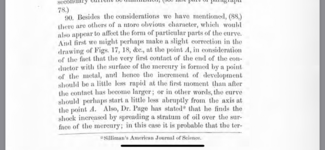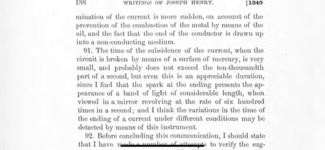Salvador12
Full Member level 4
I know back in the day many places where high power was needed used a rotary machine whether DC or AC. This has been largely superseded by semiconductors and other solid state technology. But I do wonder though would there still be a need or a market for a high power DC generator for example which could output if needed in the megawatt range with controllable voltage and a pure DC output (no AC ripple) ?
Or for that matter a generator that can output both DC as well as AC with a variable frequency as needed. Where in the AC case the output frequency and waveform is not related to the shaft RPM but can be controlled separately like in an amplifier.
I tried google for various power supplies for stuff like water to hydrogen electrolysis or aluminum fabrication or others but I can't find what they use there nowadays.
Or for that matter a generator that can output both DC as well as AC with a variable frequency as needed. Where in the AC case the output frequency and waveform is not related to the shaft RPM but can be controlled separately like in an amplifier.
I tried google for various power supplies for stuff like water to hydrogen electrolysis or aluminum fabrication or others but I can't find what they use there nowadays.

